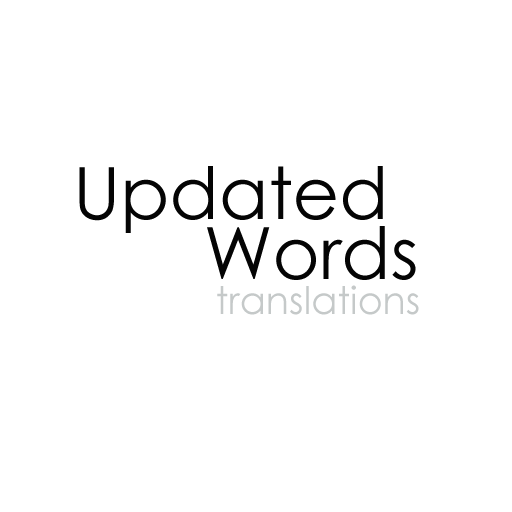A lot of translators are lucky enough to have an umbrella of language-related skills to support their work but let’s face it: when you hire us to translate a text, our job should be limited to switching your message from one language to another taking into account the relevant cultural differences. More than often, though, we find ourselves doing other work such as copyediting, proofreading and copywriting to ensure our own translation makes sense as a stand-alone piece. These problems arise when the source-text is of low quality. In a perfect world, translators would be empowered to turn down jobs as soon as they spot issues with the source-text but translators live in a competitive world and have bills to pay, sometimes we have to accept that in order to get work we will have to make something great out of something average.
What are some of the challenges translators face with low-quality source-texts?
Poor phrasing
Poor phrasing can make a translators job a nightmare. We work best by breaking down sentences into different clauses and working through them one by one. Chunky sentences, riddled with clauses and poor punctuation can be difficult to break down. We can spend a long time looking for lost conjunctions and trying to find the relevant clauses. At the same time, phrasing varies between languages, with English, for example, requiring shorter sentences than Portuguese. This means the translator has to break down phrases further. If the source-text doesn’t read “clean”, translators can spend a long time tidying up their work.
Poor Punctuation
As with the phrasing, poor punctuation can turn the easiest piece of text into a labyrinth. Poorly placed commas, dangling paragraphs, missing question marks: all these create an added-strain for the translator who has to play detective and guess the meaning and intent. If we add to this the fact that each author has developed their own punctuating style, translators have to equally work on translating words and finding where they belong.
Repetition
There are many ways of saying the same thing. Especially in digital marketing, with search engine optimisation, authors have to be creative in including different keywords within a readable, informative text. However, language and culture vary immensely and what can be said in thirty different ways in English, may only have half of the options in Portuguese. In these instances, translators have to be creative in the way they address these repetitions.
Mistakes/Typos
If the source-text has spelling mistakes or typos, the translator has the added job of correcting them in translation. Furthermore, spelling mistakes or typos can easily turn a sentence into something confusing. The advent of auto-correct is a good example wherein “random” words are inserted out of context in a sentence. The translator has to either guess what the correct word was and alert the person responsible for the source-text or translate the text “as is”, despite knowing it’s incorrect and it will taint their own translating work.
Poor Writing
A poorly written text is impossible to read and to make sense of it. Lack of concision, cohesion, difficult word choice, clunky sentences, unimaginative content: all these make the translator’s job more challenging. When we cannot read and interpret the text properly, we can’t translate it accurately. When a message is poorly delivered, it simply cannot be forwarded effectively. A lot of translators spend time re-writing text for the sake of delivering a better message to the target-language audience.
What Can Translators Do When the Source-Text is Poorly Written?
Whereas we do accept some degree of creativity and re-writing is always included in translation, we are not copywriters, copyeditors or proofreaders. Neither do our fees often include these services. Yet, translators are protective of their work and want to ensure it’s of high-quality such that they end up doing this work anyway. The best way to tackle these issues is to keep in contact with the source-text provider and communicate any issues as soon as they arise. Be thoughtful and protective of your own work when you provide quotes. Addressing these issues will take time from actual translation so you need to bear this in mind when providing time-sensitive translations. Ultimately, despite the issues surrounding translation pricing, we ought to make sure our fees reflect the amount of work we do and if someone isn’t willing to pay our fees, they are not worthy of our hard work.

